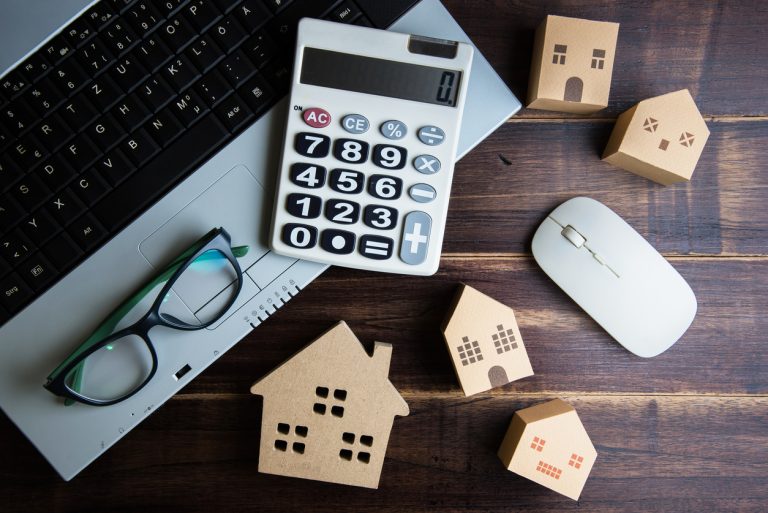The latest research from Warwick Estates, has created a guide to buying a leasehold home in 2022, explaining exactly what a leasehold is while analysing the pros and cons of leasehold ownership. What is a leasehold? A leasehold contract means the purchaser owns everything that sits within the four walls of the home, but does not own the land surrounding the home, the ground below it nor the sky above it. When buying a flat, for example, it’s almost guaranteed that the purchase will be a leasehold agreement because a building owner or landlord continues to own the other flats in the block. Furthermore, a leasehold, unlike a freehold, is not permanent, there is a limited timeline of ownership, otherwise known as the term of the lease. This lease is often hundreds of years long, but once it expires, ownership of the lease transfers back to the freeholder. For context, in 2021, leasehold purchases accounted for just 18.9% of all property transactions in England & Wales, with freeholds making up the remaining 81.1%. What are the advantages of a leasehold? With absolute ownership out of the question, why would anyone want a buy leasehold instead of a freehold? First, a leasehold property is often cheaper than a freehold because of the lack of outright ownership it provides. and the leaseholder is often not responsible for paying for the general upkeep of communal areas in the buildings such as corridors and stairways. But leaseholds are rarely purchased for their advantages over freehold, more because leaseholds are essential when buying a flat in a tall building of flats and have, as such, become increasingly popular as we see urban areas developing vertically rather than horizontally. What are the disadvantages of buying a leasehold property? The truth is that leaseholds are often a necessity rather than a choice and there are significant downsides of leasehold ownership. First, a lease is only held for a limited amount of time – ownership will, one day, expire. Second, a leaseholder is often expected to pay significant fees to the freeholder/landlord in order to contribute to the upkeep of communal space, for example, and for essential repairs to the building. A leasehold also tends to limit the amount of changes the owner can make to their home and permission is often required from the freeholder. If not, a leasehold can be stripped. This lack of freedom can also extend to things like pet ownership, or running a business from home, or sub-letting to third-party. Finally, when a leasehold starts running out, it can be very difficult to find a buyer for the property so the opportunity to benefit from capital gain is small. And, since the Grenfell Tower tragedy in 2007, the external cladding scandal has added a further level of complexity for flat owners to break free of their leasehold contracts. What happens at the end of a leasehold property? It is often the case that the end of a leasehold is not something any owner needs to worry about. Often, a leasehold will be for 999 years in order to make it a more attractive agreement for buyers. Many vendors will suggest that a 999-year leasehold is ‘as good as a freehold’, but such sentiment tends to ignore all of the potential downsides listed above. If, however, the lease does expire, the ownership of the property reverts back to the freeholder and it is theirs to do what they want with. But, one can ask for an extension to the leasehold. In fact, once a person has owned a leasehold home for two years, they will often have the right to extend the lease by 90 years.






